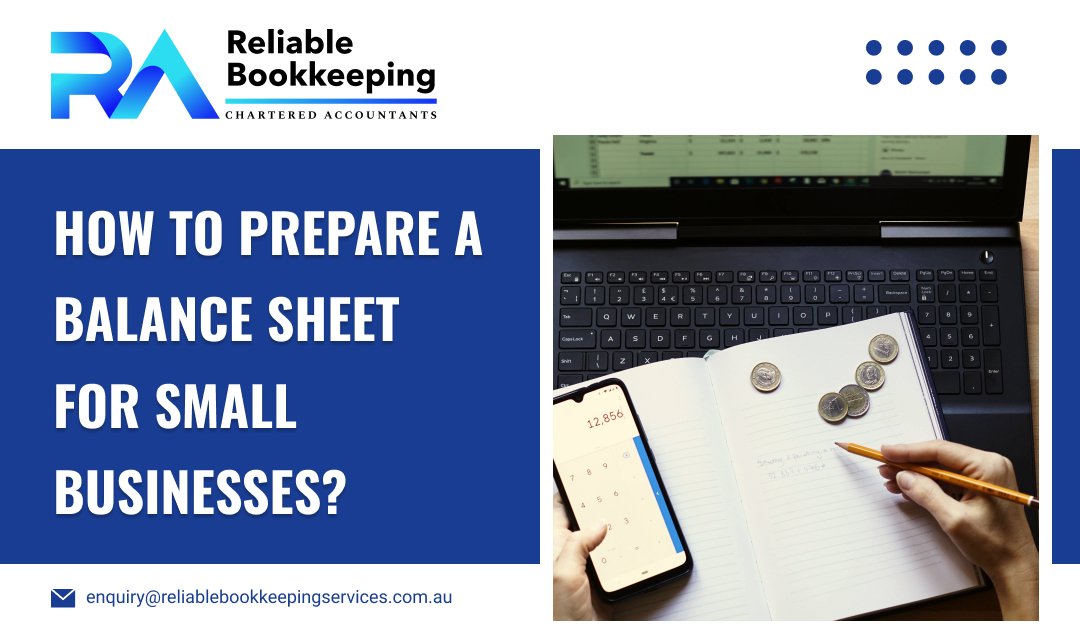It can be seen that many business owners prefer looking at profit and loss statements to know the financial situation of their company. However, when it comes to balance sheets, they don’t understand its significance. Today’s blog will outline the importance of a balance sheet.
What is a Balance Sheet?
Generally, a balance sheet is one of the financial statements that is used to track spending and earnings. A balance sheet shows information in terms of your company’s liabilities, assets, and equity. Assets are considered items that your company owns. On the other hand, liabilities are payments your business needs to pay. Last but not least, equity is the amount that shareholders of your business own.
How to Prepare a Balance Sheet?
Understanding how to create a balance sheet will allow you to identify possible errors so you can resolve them before they cause further problems. Here are the steps to prepare a balance sheet:
Specify the reporting time
A balance sheet shows the entire amount coming in and out of a firm on a specific day, called the reporting date. Generally, the reporting date is considered the last day of the reporting time. Mostly, the companies generate reports every quarter. In such cases, the reporting date is the last day of the quarter of the year.
Identify your assets
Current and noncurrent assets are the two main categories. The things that your company has accumulated through time as current assets are those that will be consumed or turned into cash within a year or a business cycle of the date on the balance sheet. Current assets include prepaid insurance, receivables, short-term investments, cash, inventories, and liabilities. Any fixed assets or items that your company has are considered noncurrent assets. These include office supplies, real estate used for land, construction, stocks, long-term investments, and bonds.
Check your liabilities
There are noncurrent and current liabilities, just like there are assets. Current liabilities are debts that your business must settle within a year of the balance sheet date. Examples of current liabilities include unpaid income taxes, unpaid salaries, and unpaid bills to equipment suppliers. Noncurrent Liabilities are sums owed by your organisation over a longer period of time. Debt owed to bondholders and banks is regarded as a noncurrent liability. By looking for the word “payable” on balance sheets, you and your bookkeeper can find the liabilities. The part of the origins of your company’s assets are these obligations.
Check shareholders’ equity
Equity is yet another asset type. This is called owner’s equity if you are the single proprietor of your company. Equity is also called stakeholder’s equity if your company is a corporation. Equity is what remains after subtracting all liabilities from your company’s assets. Paid-in capital and retained income make up equity. The sum that each shareholder initially paid for their shares of stock is known as paid-in capital. Retained earnings are the funds that your company invested back into itself rather than distributing to shareholders.
Add total equity of shareholder and total liability to compare to assets
To check if the balance sheet is balanced, you need to use this formula: total liabilities + total equity = total assets. However, there are chances that both sides of the balance sheet might not be accurate for the first time and you may need to spend some time spotting problems and resolving them. Therefore, it is suggested to opt for accounting services or seek help from a bookkeeper who can help you prepare balance sheets accurately.
Know the Financial Status of Your Company
To be a successful business owner, you need to know the financial position of your company. The balance sheet is important because it keeps you informed regarding your company’s financial position. Unless you are a professional bookkeeper, trying to manage your business accounting tasks on your own is not the best use of your time. Thus, make sure to seek help from bookkeepers in Melbourne to prepare a balance sheet for you.
Conclusion
The blog outlines the steps to prepare a balance sheet for a company. If you run out of time as a business owner, then you can seek help from bookkeepers. Moreover, get in touch with a Reliable Bookkeeping Services provider to get bookkeeping and financial statement solutions.

